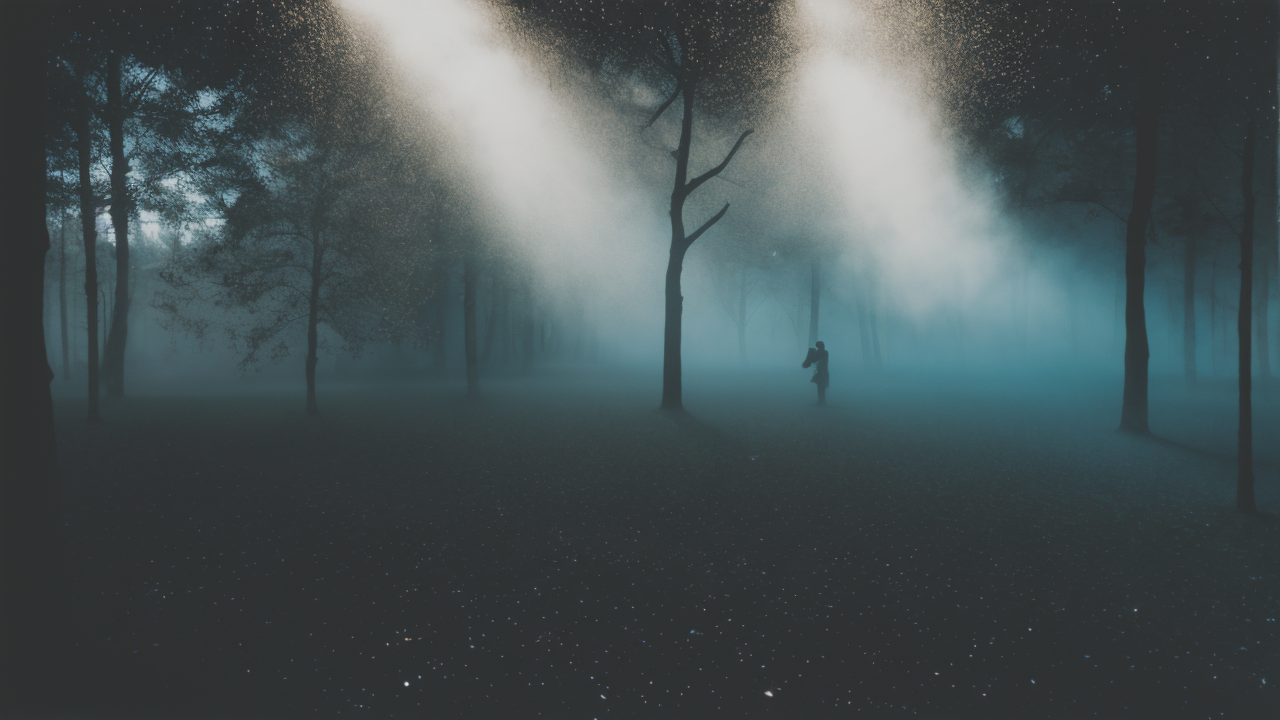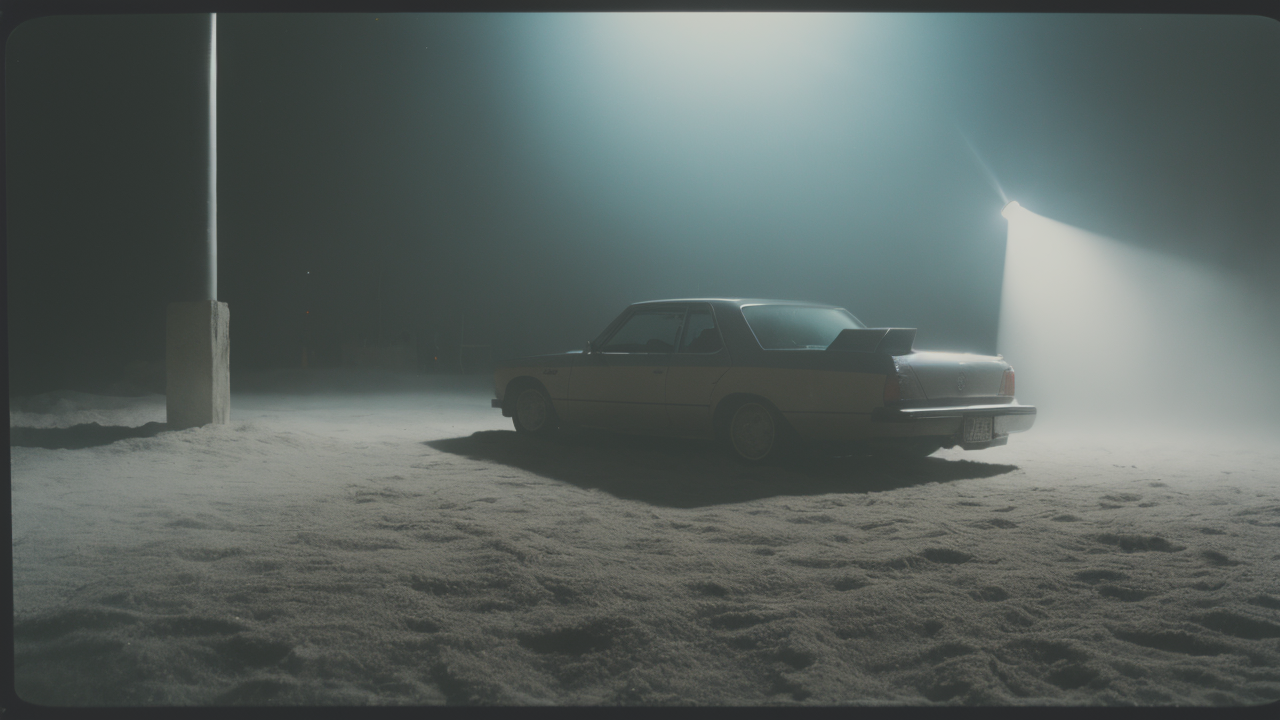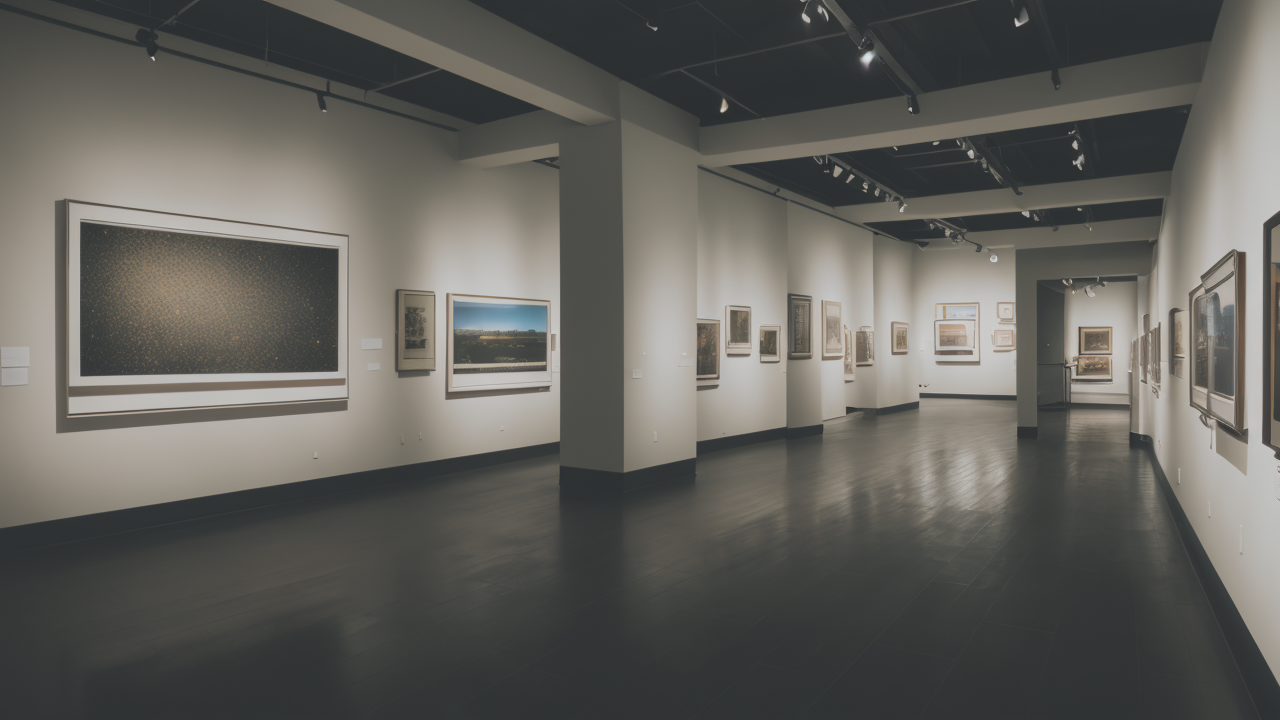
Advanced Drawing Techniques for Creating Rich Textures in Abstract Art
The Evolution of Plaster Art Texture Painting in the United States
The Historical Influence on Modern Techniques
Plaster art has a rich history in the United States. It began as a simple way to decorate walls. Over time, it grew into a form of artistic expression. Early American artists used plaster to create beautiful designs in buildings.

In the mid-20th century, abstract artists changed how we see plaster art. They saw it as a way to create bold, textured works. Artists like Jackson Pollock led this change. They used plaster in new and exciting ways.
This shift had a big impact on American art. It opened doors for new forms of expression. Today's artists mix old methods with new ideas. They create works that honor the past while looking to the future.
Breakthroughs in Texture Painting Materials and Techniques
Recent years have brought many changes to plaster art. New types of plaster are stronger and more flexible. This lets artists create more complex textures. They can also make larger works that last longer.
Tools have also improved. There are now special trowels and brushes for fine details. Some artists even use 3D printing to make molds. This blend of old and new methods offers endless possibilities.
Eco-friendly options are now available too. Many artists choose safe, sustainable plasters. These are better for the artist and the environment. They often look just as good as traditional materials.
Best Practices in Plaster Art Texture Painting for Professionals
Selecting the Right Tools for the Job
Choosing the right tools is key for plaster art. A good set of trowels is a must. Look for different sizes and shapes. They help create various effects. Steel trowels are strong and easy to clean. Plastic ones can make unique textures.

Brushes are important too. Natural brushes work well for applying plaster. Synthetic ones are better for textures. Having many sizes allows for different techniques.
Don't forget mixing tools. A strong bucket and a drill with a mixing attachment help. They ensure smooth, well-mixed plaster. Good mixing is crucial for the right texture.
Safety gear is vital. Wear gloves to protect your hands. Use a mask when mixing dry plaster. Wear goggles to protect your eyes. Always put safety first in your studio.
Step-by-Step Guide to Creating a Masterpiece
- Set up your workspace: Cover floors and surfaces with drop cloths.
- Prime the surface: Apply a good primer for better plaster adhesion.
- Mix the plaster: Follow instructions for the right consistency.
- Apply the base: Use a large trowel to spread an even layer.
- Create texture: Use tools to add texture while the plaster is wet.
- Build depth: Add more layers to increase the texture.
- Add details: Use small tools for fine patterns and designs.
- Let it dry: Allow the plaster to dry fully before moving on.
- Sand if needed: Gently smooth any rough areas.
- Add color: Use paints or pigments to bring life to your work.
- Seal the art: Apply a sealant to protect your finished piece.
Practice is key. Try different methods to find your style. Don't fear mistakes. They help you grow as an artist.
Leveraging Plaster Art Texture Painting in Home Decor and Commercial Spaces
Integrating Texture Art into Interior Design
Plaster art can change any room. It adds depth to plain walls. This makes spaces feel more alive. Many designers use it as a focal point in rooms.

In modern homes, textured walls contrast with sleek furniture. They can make a room cozy or dramatic. Neutral plaster art works well in simple designs. It adds interest without being too bold.
For a bolder look, try colorful plaster art. This can replace normal wall art. It's a great way to show personality in a home. Textured walls are popular in dining rooms and entryways.
Custom plaster art can solve design problems too. It can hide wall flaws. It can create the look of fancy features. This makes it very useful for interior designers.
Enhancing Commercial Spaces with Plaster Art Installations
Plaster art can greatly improve business spaces. It creates memorable places for customers. Hotels often use it in lobbies to impress guests.
Restaurants use plaster art to set a mood. Textured walls can suggest different foods or cultures. They also help reduce noise in busy dining areas.
In offices, plaster art adds creativity. It can inspire workers and impress visitors. Many companies use it to show their brand. Custom designs can include company colors or logos.
Shops use plaster art to create special experiences. Textured walls can guide customers through the store. They can create different areas for various products.
Museums and galleries often show plaster art. These can be interactive, getting visitors involved. They show the many uses of plaster in public spaces.


